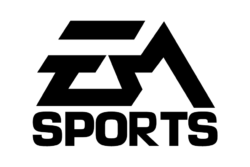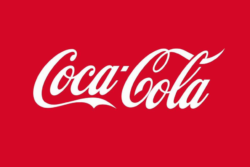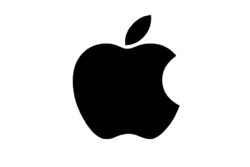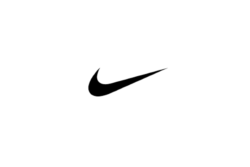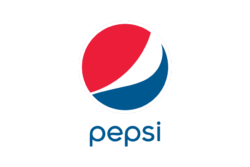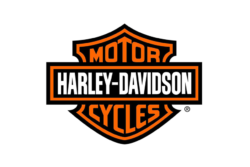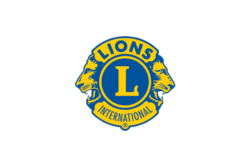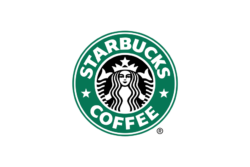Loco for Logos
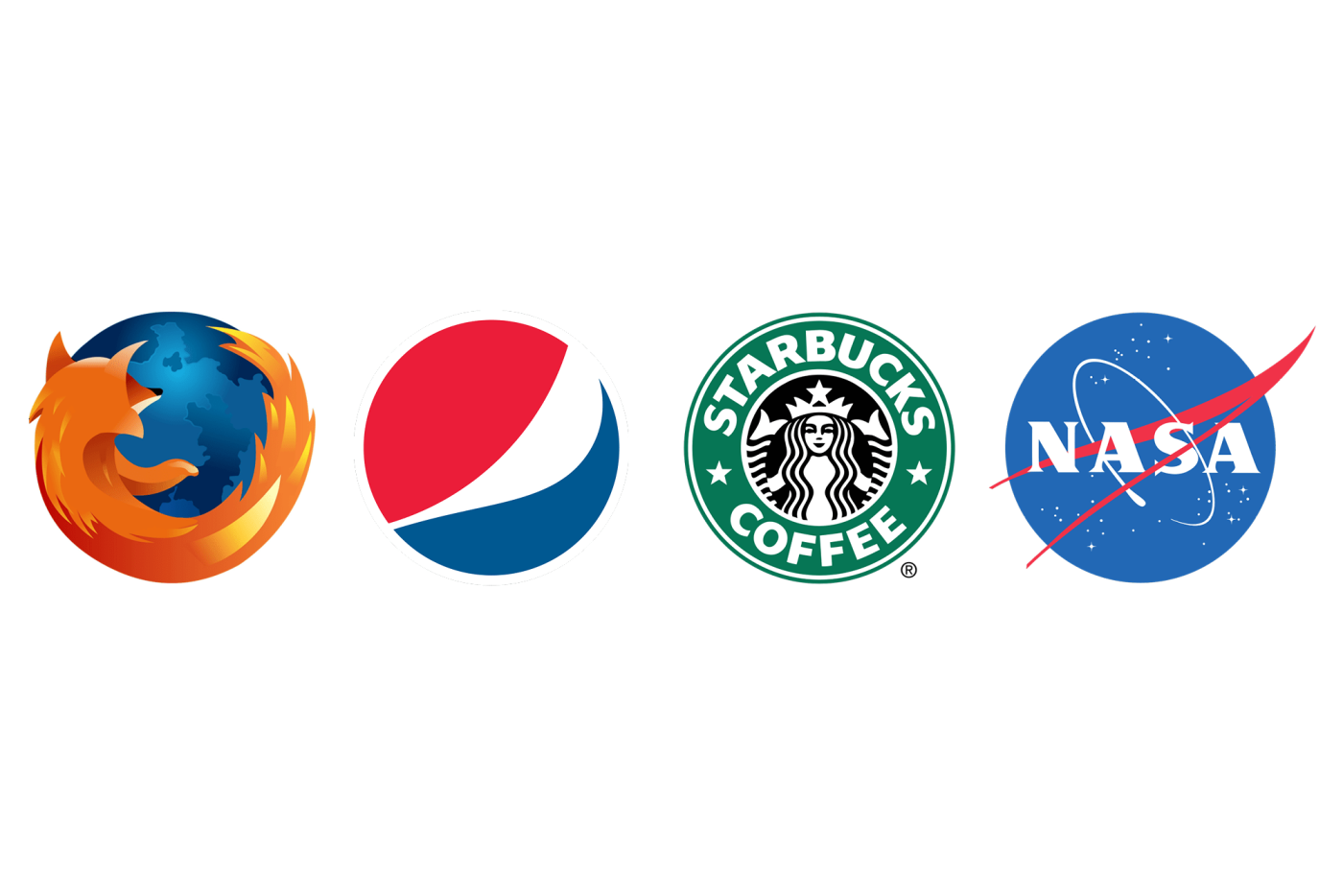
5 logo design styles and how to choose the best one for your brand
A logo is the image or symbol you use to represent your business. They are a recognisable design element that will, ideally, provide a quick visual representation of your business’s message.
Your logo and your brand are not the same thing. Rather, the logo is one component of your overall brand story. (We go into more detail about the difference between logo design and branding here.)
But today our focus is on logos — and more specifically, on different types of logos. Let’s have a squiz at five of the most common logo design styles, and how you can choose the right one to represent your business and brand.
1. Wordmarks & lettermarks
A wordmark is a typographic logo that focuses on the company name. These work particularly well when the business has a catchy or memorable name (think Google or Pinterest). Similarly, a lettermark is a font-based logo that uses a business’s initials. These are popular for companies with lengthy names, who use monograms for brand-identification purposes (such as HP, EA or JVC).
The use of distinct fonts (sometimes custom-created for the brand) and colours will be important here, not only to create strong brand recognition, but also to convey your business’s services and values. For instance, Coca-Cola’s cursive font manages to express a sense of whimsy whilst also calling back to its long heritage; alternatively, the serif ‘Bodoni’ typeface used by Vogue feels dramatic and high-end.
When to use a wordmark or lettermark logo:
- A wordmark logo can be a great idea if you have a distinctive business name. We can design a logotype that makes your brand even more memorable.
- A wordmark can also be a good decision if you’re a new company trying to get your name noticed.
- If your business name is quite long, you may be better off making your mark with a lettermark logo. This will simplify your design and make it easier for customers to recall your brand.
- Text-based logos are easy to replicate across your marketing collateral, making them an adaptable option for newly formed businesses or those looking to rebrand.
Studies have shown that thirty-seven percent of the world’s top brands have a text-only logo. But because wordmarks and lettermarks rely solely on text, you must think hard about how you can use typography, colour and style. The team at nucleo have years of experience in design and brand development and can help you to capture the essence of your brand.
2. Pictorial logos
A pictorial logo mark (or a brandmark) is a graphic-based design that is, ideally, instantly recognisable from the picture alone. When you see an iconic pictorial logo, your mind should immediately conjure the name of the brand — you see that apple, you think ‘Apple’.
Of course, if you choose a pictorial logo you will be faced with a very important question: what image will you choose?
Some brands make a clear connection between the image and their business name (like Firefox or John Deere). Others contain deeper intentions (such as NBC’s proud peacock, whose rainbow colouring was used to entice people to buy colour televisions). And others aim to evoke an emotive response from its audience (like Adidas, whose three stripes form a mountain to inspire athletes to overcome challenges).
When to use a pictorial logo:
- Pictorial logos can be an ideal way of conveying who you are and what you do. If your business name is too long or not particularly distinct, a pictorial mark may be more effective than text in conveying a desired idea or feeling.
- A pictorial logo may also be a good choice for global businesses, eliminating any translation issues that may arise from the brand name.
- However, a pictorial logo can be a risky move for small or start-up companies. Since a true pictorial mark is only a symbol, these logos won’t directly inform customers of your company name. That makes it less than ideal for businesses trying to familiarise people with their brand.
- You will also need to consider the future of your company when deciding upon your pictorial icon. For instance, a florist may use a flower in their logo, but what happens if they decide to start selling greeting cards, plush toys and chocolates too? Will your pictorial logo complement changes to your business model?
Some of the world’s most iconic brands use a pictorial logo, suggesting this may be a design style better suited to high-profile and well-established companies. nucleo will be happy to discuss the suitability of a pictorial logo and identify the style that works best for your brand.
3. Abstract logos
Abstract logos are similar to pictorial logos, but instead of being an identifiable image (like a bird or a target), they use a symbolic concept, like Nike’s ‘swoosh’ or BP’s… flower thingy.
The appeal of abstract logos is that they can visually condense your brand into a single image, helping to convey your business and improve brand recognition. And unlike pictorial logos, abstract marks aren’t restricted to recognisable pictures; we can creatively use colour and form to design an abstract logo that goes beyond the cultural implications of a physical image.
Instead, abstract logos cultivate emotion or meaning through the design itself. And sometimes there is more than one interpretation — consider how Nike’s swoosh could be construed as a tick of approval or an expression of freedom and movement.
When to use an abstract logo:
- Abstract logos are great for businesses seeking a completely original image for their brand. Any medical institution, for instance, could use a heart or the ‘plus’ health symbol (the sign of the Red Cross). An abstract image could be the key to standing out from the crowd.
- Like pictorials, abstract logos are useful for global companies. Consumers in other countries will be able to associate the logo with the brand, regardless of the languages they understand.
- Successful abstract logos become ubiquitous when a company has the budget and resources to popularise the logo through their marketing campaigns. Abstract logos can be a good way to catch someone’s eye initially, but they may not allow small businesses to build crucial brand awareness.
An abstract logo can be a unique and memorable way to represent your brand, but it is a good idea to seek help from professional designers. They will have an understanding about the symbolism of different colours, forms and structures. nucleo can help you to recognise and utilise the underlying meanings of an abstract mark.
4. Emblem logos
Like a badge or a crest, emblem logos consist of font inside an icon or seal. These logos usually have a traditional feel about them that can be distinct from other logo types. Even modernised variations, like Starbucks’ twin-tailed mermaid, maintain a striking and detailed appearance.
Emblems are often the logo of choice for universities, school, and government organisations. Because they are more compact and intricate than other logo design styles, emblems can easily fit both your company name and a graphical symbol into a tight space.
When to use an emblem logo:
- Whilst being popular with schools and public organisations, emblems can also be ideal for private businesses, like those in the food, beverage, or auto industry. Think about beer labels or the logos of popular car manufacturers.
- Emblems can be a good choice for sleek, professional, and traditional brands. Emblem logos resemble official crests or seals, and thus can create a sense of quality and longevity.
- Keep in mind that emblem logos, often being highly-detailed, may be difficult to carry across your marketing collateral. For instance, an intricate emblem may look incredible on your website, but become indecipherable when shrunk for your business cards.
The key to a great emblem logo is to balance its distinct and detailed appearance with functionality for your marketing purposes. nucleo can help you decipher whether or not an emblem is right for your brand, and work with you to create a logo that works for your brand.
5. Combination marks
Combination marks, as the name suggests, are logos that combine text (a wordmark or lettermark) with a graphic element (pictorial or abstract). The picture and text may be layered on top of each other, appear side-by-side, or be combined in some other way.
Unlike emblems, combinations marks are not necessarily entwined and inseparable. In fact, the elements of a combination logo can often be separated, with both the text and the picture having its own defining feature. (For instance, the ‘Disney’ font and castle are both immediately recognisable, regardless of whether they’re seen together.)
In many ways, combination marks can be considered the best of both worlds — they make clear the name of your company, whilst simultaneously expressing your values with a visual symbol.
When to use a combination mark:
- A combination mark is an appealing and reliable choice for almost any business. It’s functional, adaptable, and visually distinct.
- Combination marks help to tell the story of who you are and what you do, and instantly identify your company name. This makes them an excellent choice for small or start-up businesses.
- Combination logos cause people to immediately associate your business name with your pictorial/abstract mark. Once brand recognition is established, you could even split the element apart, using either the text or the icon for different circumstances.
- Also, from a legal perspective, combination marks tend to be easier to trademark than graphic-only logos.
Combination marks are a versatile and prominent logo choice — in fact, over 56 percent of the top brands’ logos use both text and an icon. This design style offers the best of both worlds; come see us for a combination logo as part of our branding services, and see for yourself why this is the most popular choice for brands around the world.
Want to get started on your own logo and brand development? Get in touch with nucleo today!
